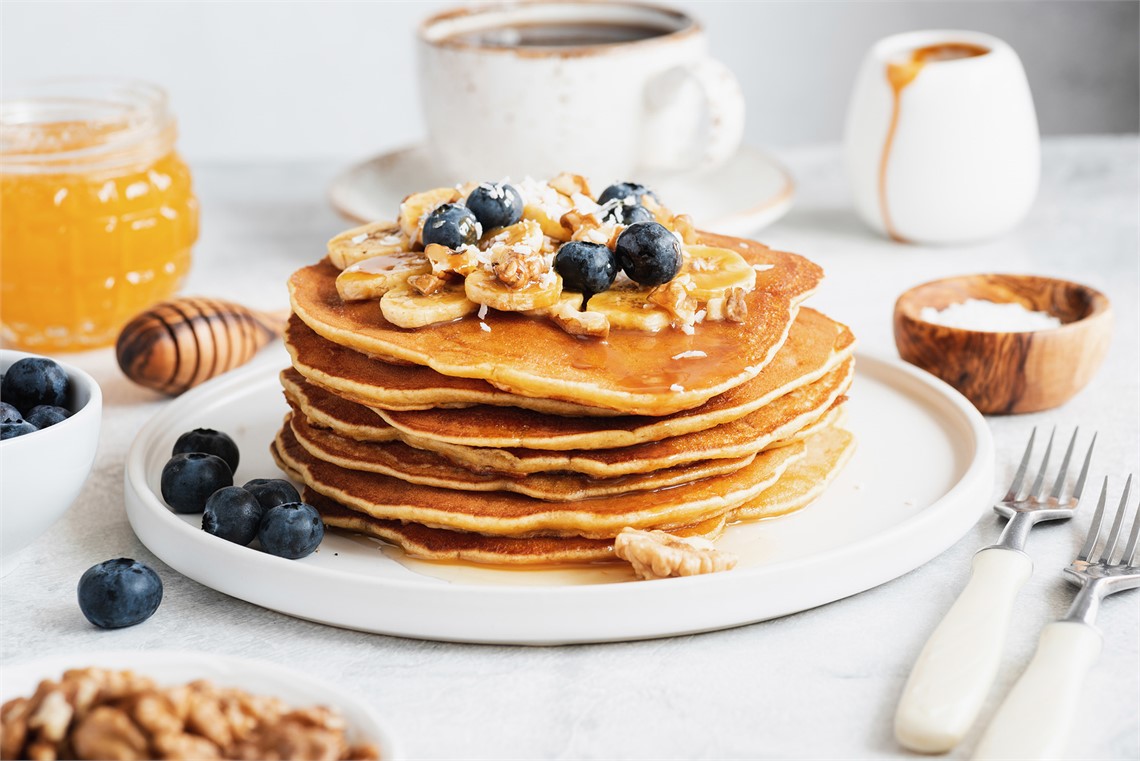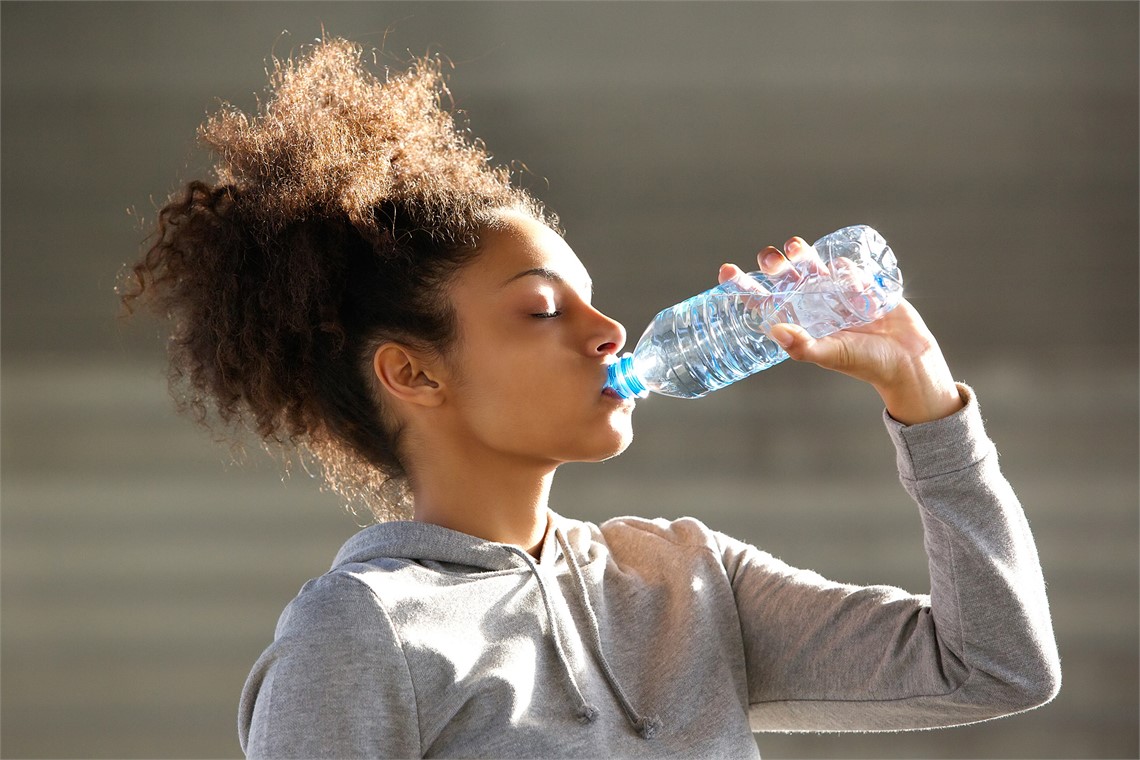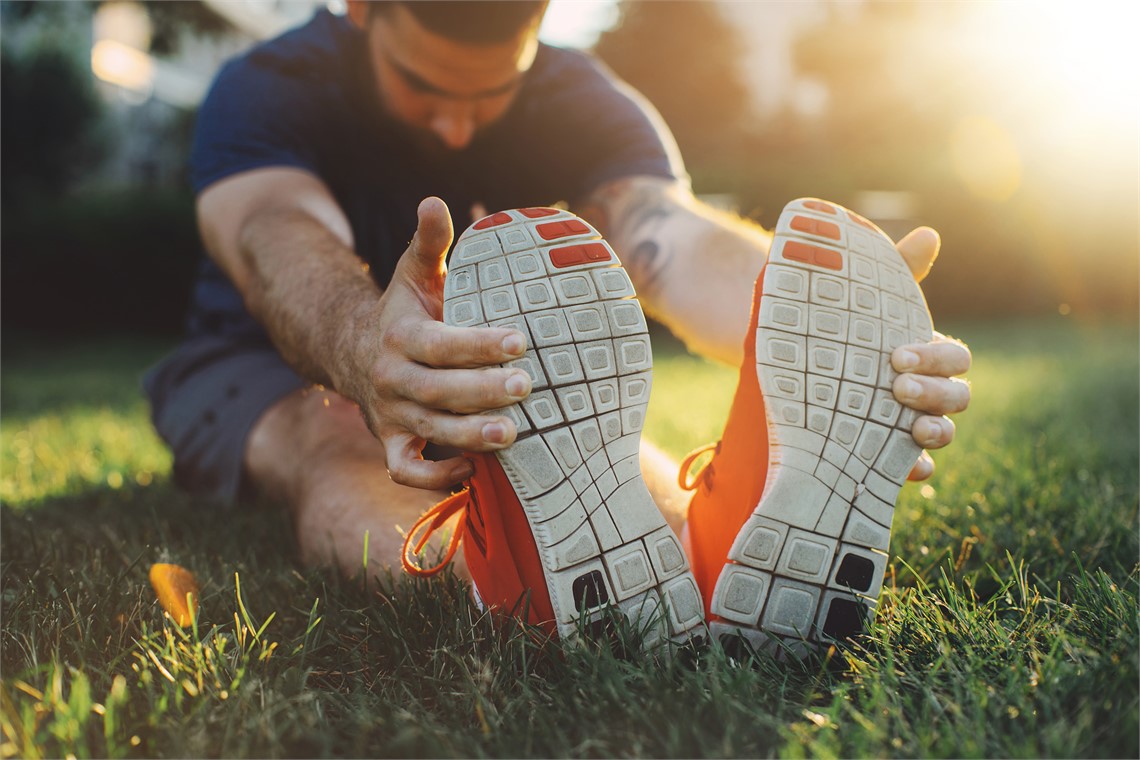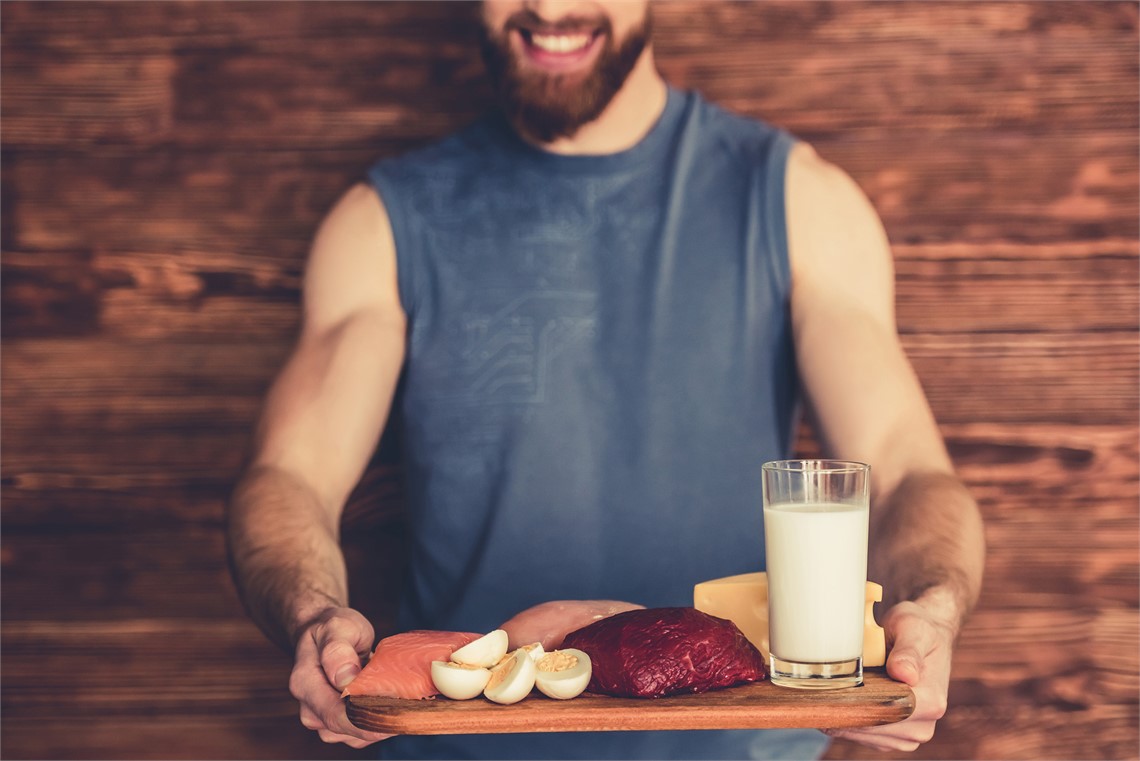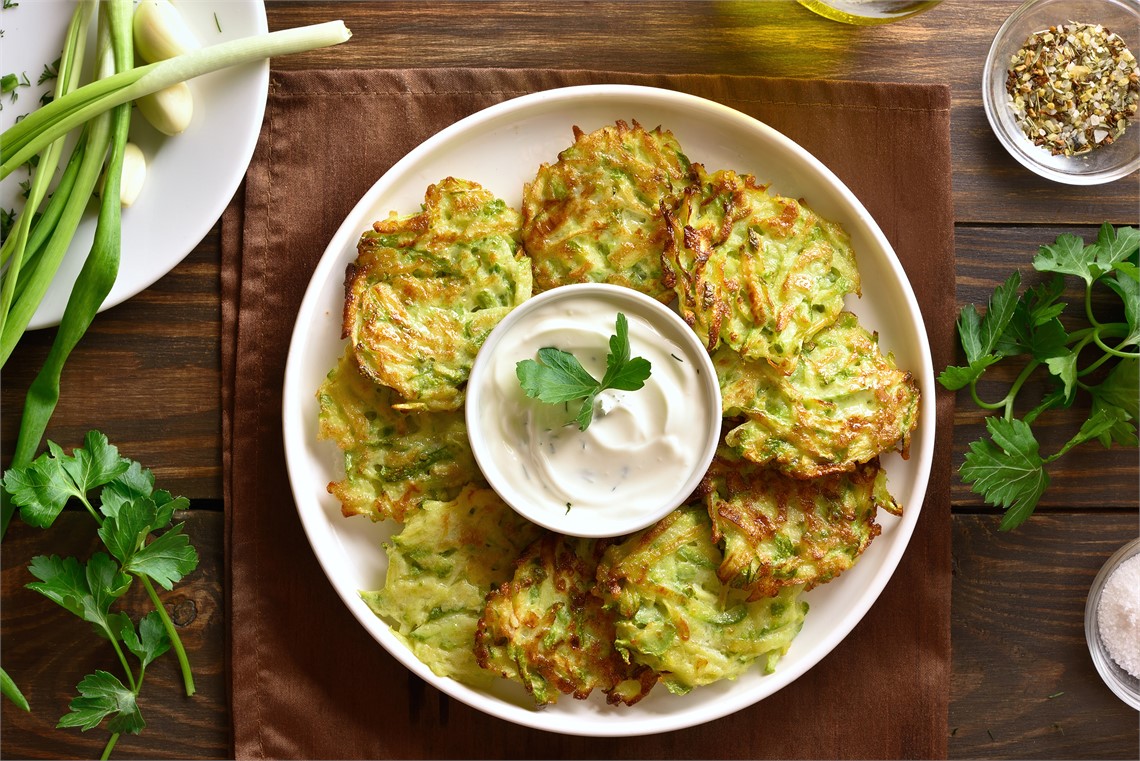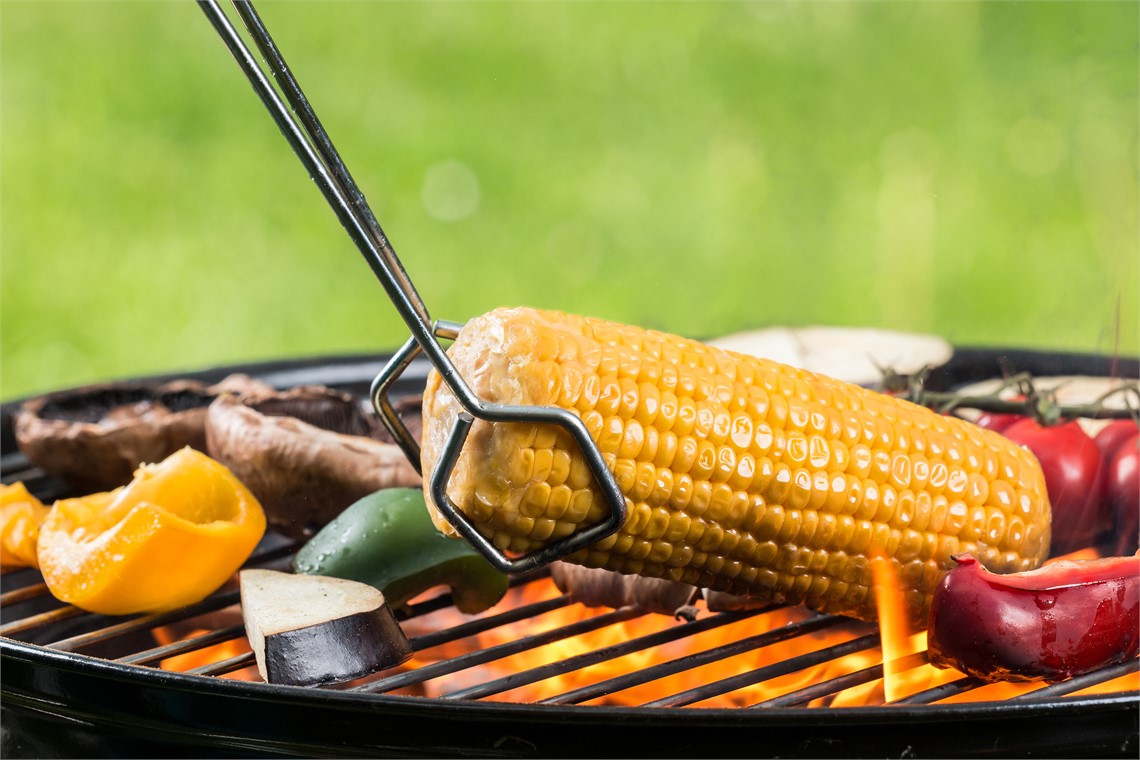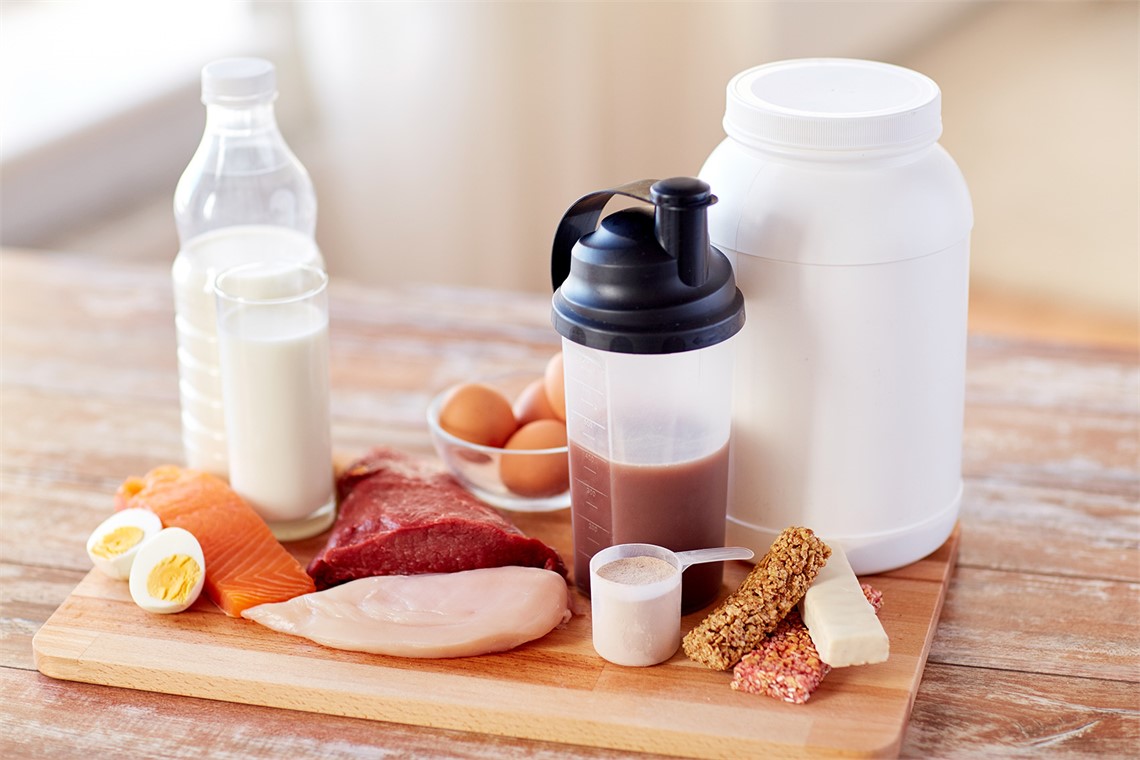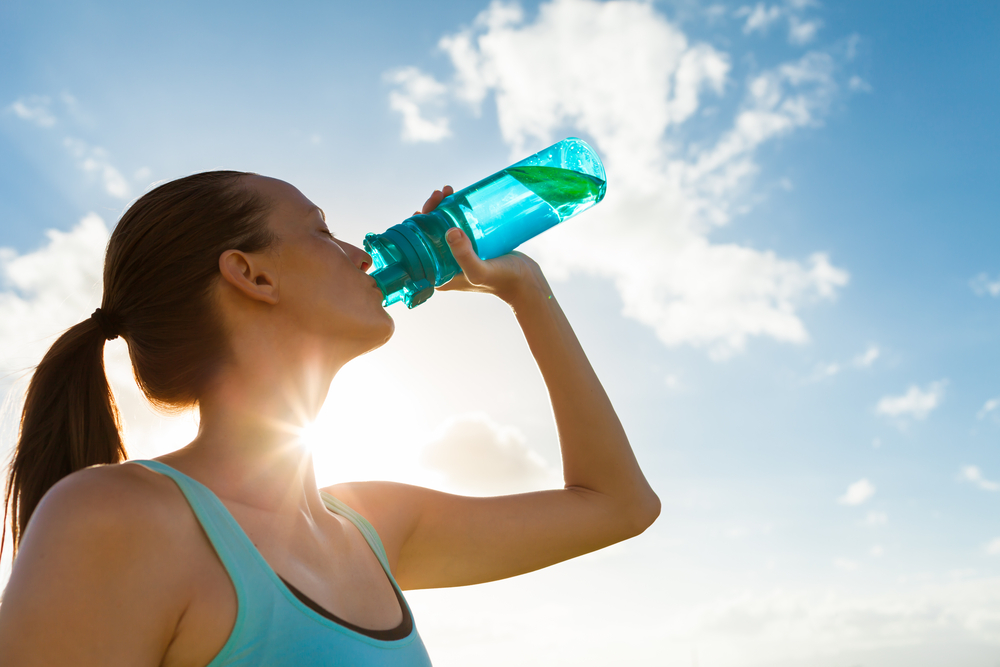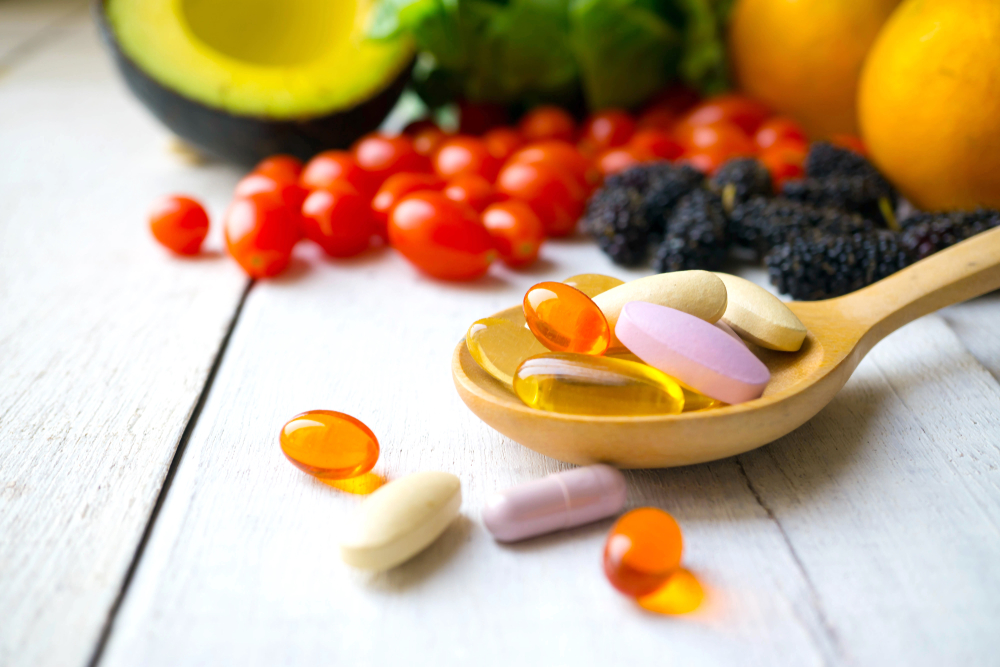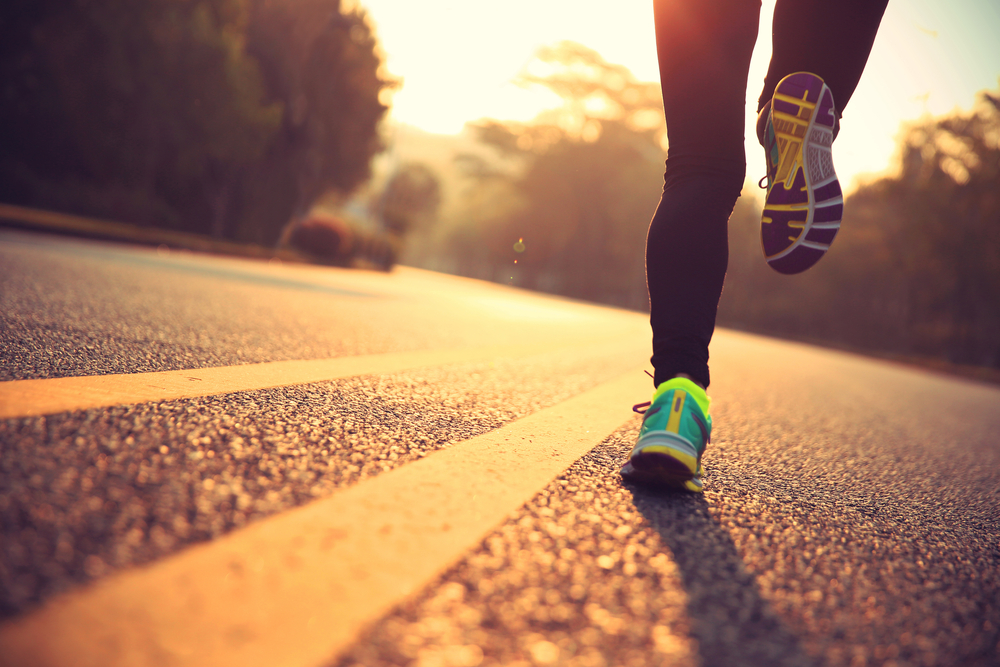Fedhealth Dream Chasers dietician Andrea du Plessis shares some easy tips to curb your sweet cravings.
Wash out sweet cravings
A leading symptom of dehydration is a sweet craving.
- Drink at least six glasses of water per day.
- Instead of water, enjoy a homemade iced, fruit infused green tea: chill two litres of green tea made in a pot with four teabags. Keep refrigerated and add fresh ginger or orange slices and berries for a delicious, fruity beverage.
Less is more
You can reset your taste bud sensitivity to a lower level of sweetness:
- Gradually reduce the amount of sugar added to beverages and cereals – the less you use, the less you need.
- Avoid intensely sweet tasting foods. The less you expose your taste buds to sweet foods, the less sugar you’ll need to appreciate a sweet taste.
How low GI can you go?
- Start your day with a low GI breakfast such an unsweetened low GI muesli with berries and plain yoghurt. It will help balance your appetite and reduce sweet cravings.
- Snack on a small portion of almonds (two tablespoons) – research has shown this low GI snack helps control appetite and supports weight loss success.
Eat dark chocolate daily!
- Research has shown that people who follow a weight loss diet and include a small portion of dark chocolate daily are more likely to stick to their eating plans.
- Dark chocolate (ideally 85%+ cocoa) is the key as it contains very little sugar, but all the taste you can handle! One small square of a slab is enough for daily use.
Fruit is your friend
Eat a low GI fruit such as one apple or two peach halves one hour before your usual sweet craving hits. Don’t wait for the sweet craving to arrive, catch it one hour before its usual peak. Eating the fruit will help balance your glucose levels, thereby reducing the physiological sweet craving trigger.
Eating two to three fresh fruits per day provides natural sugars and nutrients, which is a much better option than drinking a glass of juice, or a can of cold drink.
Check out the sugar counts of fruit, compared per 100 grams of each type of fruit below. The GI level refers to Glycaemic Index (GI), which tells us how quickly the food item increases our blood glucose levels.
| 100g fresh fruit: | Carbs/sugar | Kilojoules | GI |
| raspberry | 4,8 | 235 | 40 |
| watermelon | 5,9 | 138 | * |
| gooseberry | 6 | 249 | 40 |
| strawberry | 6 | 157 | 40 |
| apricot | 6,5 | 158 | 57 |
| guava | 7,7 | 290 | 20 |
| melon | 8,2 | 174 | 65 |
| pawpaw | 8,6 | 186 | 59 |
| peach | 8,6 | 196 | 42 |
| orange | 9,2 | 228 | 42 |
| tangerine | 10 | 223 | * |
| plum | 10,9 | 232 | 39 |
| blueberry | 11,4 | 266 | 53 |
| kiwifruit | 12,9 | 294 | 53 |
| apple | 13 | 284 | 38 |
| cherry | 13,3 | 274 | 22 |
| fig | 13,5 | 241 | * |
| pear | 14,4 | 305 | 38 |
| grapes | 14,7 | 300 | 50 |
| pineapple | 15 | 334 | 59 |
| mango | 15,3 | 303 | 51 |
| pomegranate | 16,6 | 321 | 40 |
| litchi | 17,2 | 327 | * |
| banana | 18,8 | 382 | 58 |
For more information, visit capetownmarathon.com or for any nutrition related questions, contact Andrea du Plessis on 084 403 6018, email andreaduplessis28@gmail.com or go to www.facebook.com/andreaduplessis.nutrition.expert







